How Camera Makers Can Simplify On-Camera White Balance

By
Staten Island, NY Posted: 10/10/2014 1:00:00 AM
Today's digital cameras are amazing, but sometimes the colors are way off.
I hate when I shoot 100 pictures, then come home to discover that everything looks like it's yellow, or blue... or simply a bit off. The key to getting the colors just right is mastering "White Balance".
What is White Balance?
White balance is a feature most digital cameras have to compensate for the various color "temperatures" of light, so the final photo will be more realistic.
There are many types of light, and each light has it's own distinct color "temperature". For example, old fashioned tungsten lights have a tendency to be yellow, while florescent lights tend to be blue. Unlike the human brain, which can compensate for these changes, digital cameras record colors in more absolute terms. So, when you take a photo in a florescent light, unless the camera knows the light has more blue than normal, your resulting photos will be tinted a bit blue.
How the Pros handle White Balance
Professional photographers use very expensive cameras with the ability to shoot "RAW" files, which are many times larger than traditional JPG files, but they allow the photographer to adjust things like the "White Balance" using a program like Adobe Photoshop. What they generally do is photograph a reference card with a sample of a variety of pure colors or even just a white piece of paper, then when they get back to their computer, they use Photoshop to match all the shots they took to the reference card, then tediously wait for the computer to export all those giant RAW files into JPG files that most computers can read.
How everyone else handles White Balance
For most people, that's way too much work, so they settle for "Automatic White Balance" settings on their cameras, but the problem with that is the camera is often terribly wrong.
If the camera guessed the wrong white balance, it's too late. Unlike the files saved in RAW on professional cameras, consumer cameras save in JPG format which is far too compressed to restore the colors to their correct values in Photoshop.
For those with a bit more skills, there is a setting on most cameras where you can specify the approximate lighting conditions. For example, you can choose Tungsten, Fluorescent, Cloudy, Full Sun, etc. Choosing the right color can make a huge difference in the results, but the trouble is it's not an exact science. Some Tungsten lights are more yellow than others, plus sometimes you have a mixture of lights and open windows, so it's hard to know for sure what net color in the room is. If you guess wrong, your photos may be even worse than if you selected Automatic.
How I think White Balance in digital cameras can be improved.
Some of the newer consumer cameras on the market now have a feature called "Custom White Balance", but I feel they are way too complex for most novice photographers.
My approach is simpler.
1. By using the regular crosshairs on the camera, aim at something white. If the subject is wearing white, such as a shirt or a dress, just aim the center crosshairs on that. Ideally, the photographer can carry an inexpensive "Reference Card" in their camera bag, but most "Pure" white objects can be just as effective, even a napkin or the back of a business card will do in a pinch.
2. Once the white object is in the center, hit a button that says "This is white". It would be easiest if it were a dedicated button, but a touch screen button will do just as well.
3. That's it. From that point on, all shots will assume the same white balance settings, until you change it.
More Examples
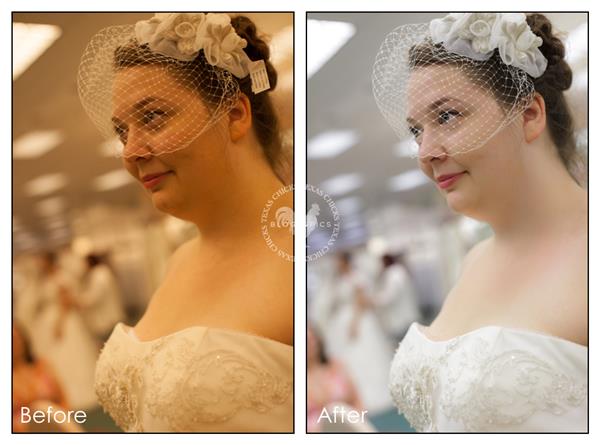


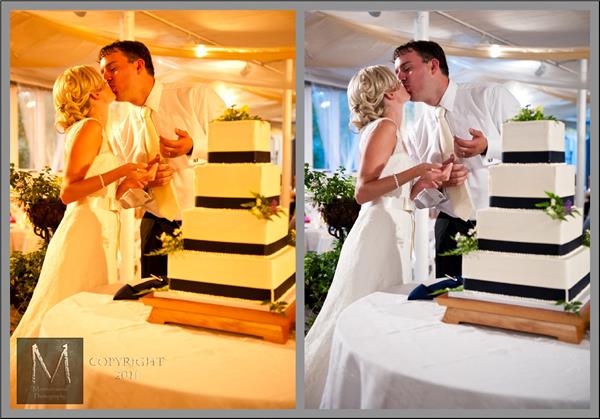
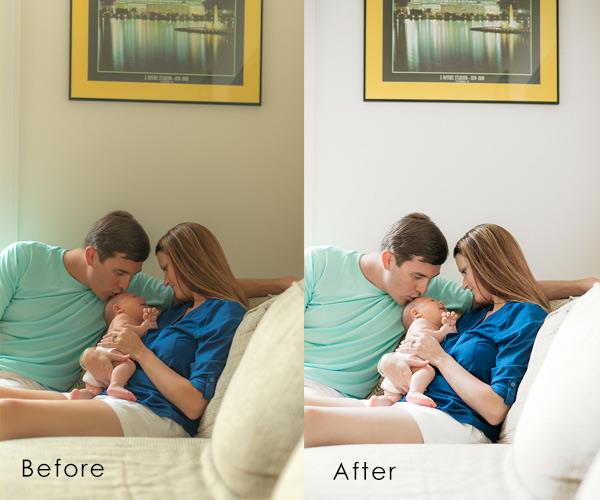
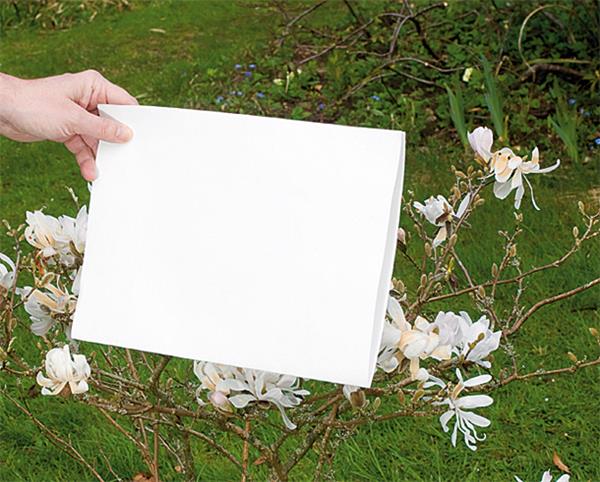
If you don't have a professional White Balance Card, you can use just about anything, as long as it's as close to pure white as possible.
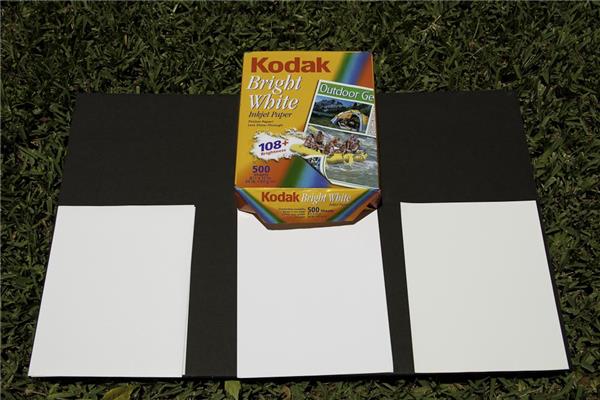
 Joe Crescenzi, Founder
Joe Crescenzi, Founder
Related Media:






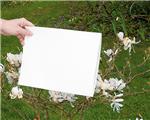
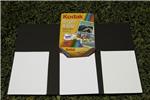
(Reply N/A) (Edit Topic N/A)
(Like Topic N/A) [0 ] 19152 Views
Related Posts
Camera Makers(1)Inventions(65)Photography(36)Technology(90)
Top 25 Posts
* Note: The ideas on "Idea of the Day" were posted without any formal research into existing inventions.
In some cases, patents may already exist for these ideas, in other cases, there may not be any existing patents and you are free to develop and explore the viability of developing and patenting the ideas.
The authors make no claim that any of the ideas are safe, practical, or suitable for any particular purpose. You are responsible for the results of trying, developing, patenting or using any of the ideas on this site.
For some people, our ideas are just an interesting read, but our goal is to encourage you to take action. If you see an idea that you like, do something with it... Take action.
- Joe
 on...
on...
 on...
on...